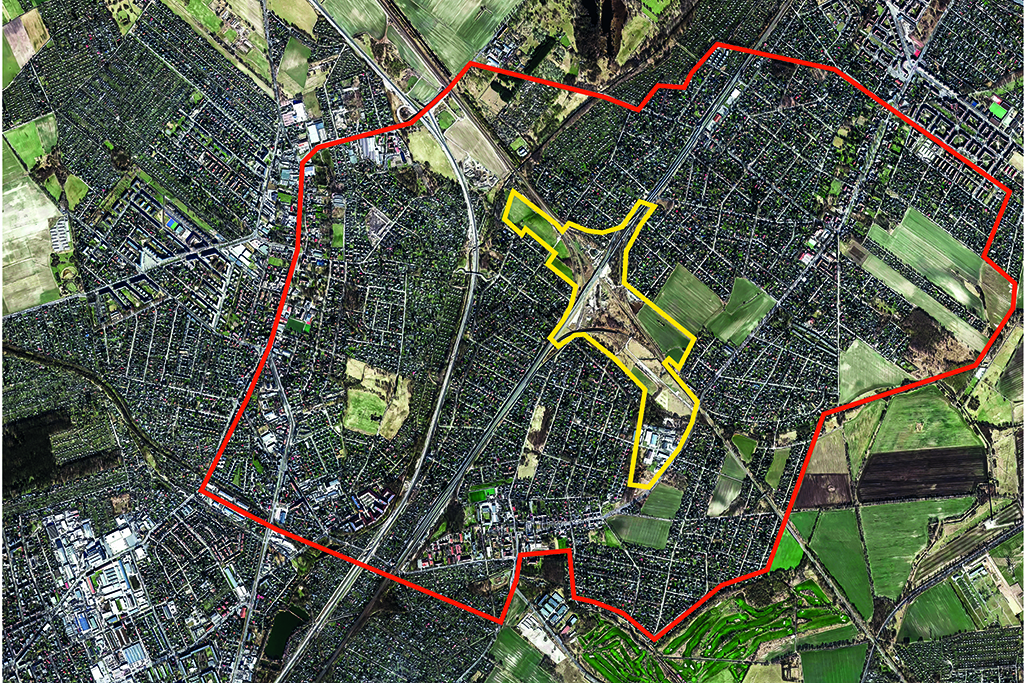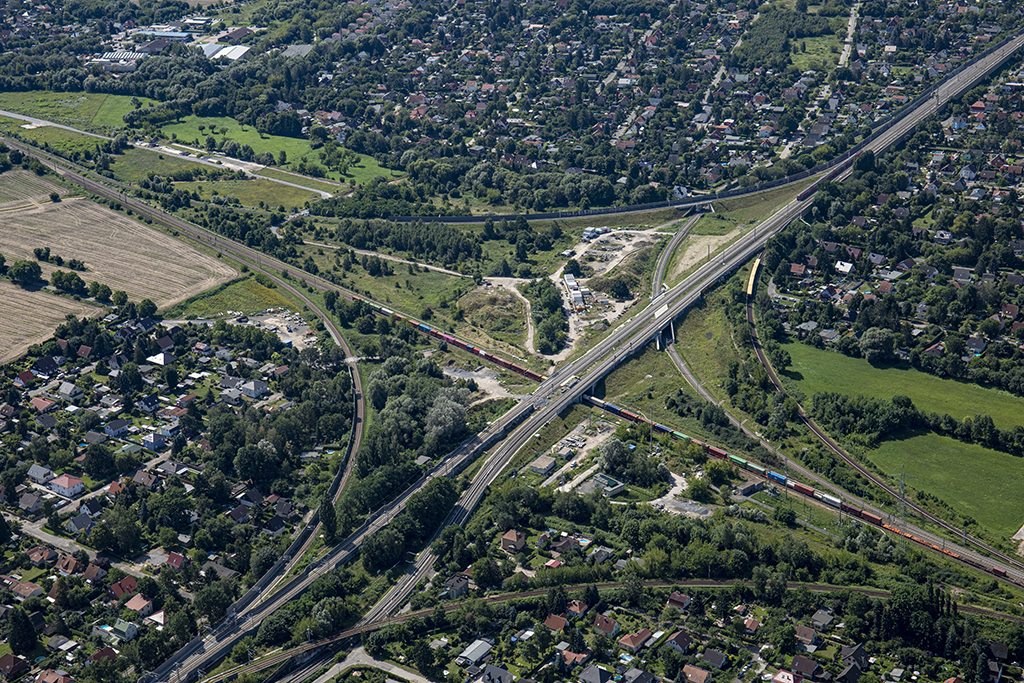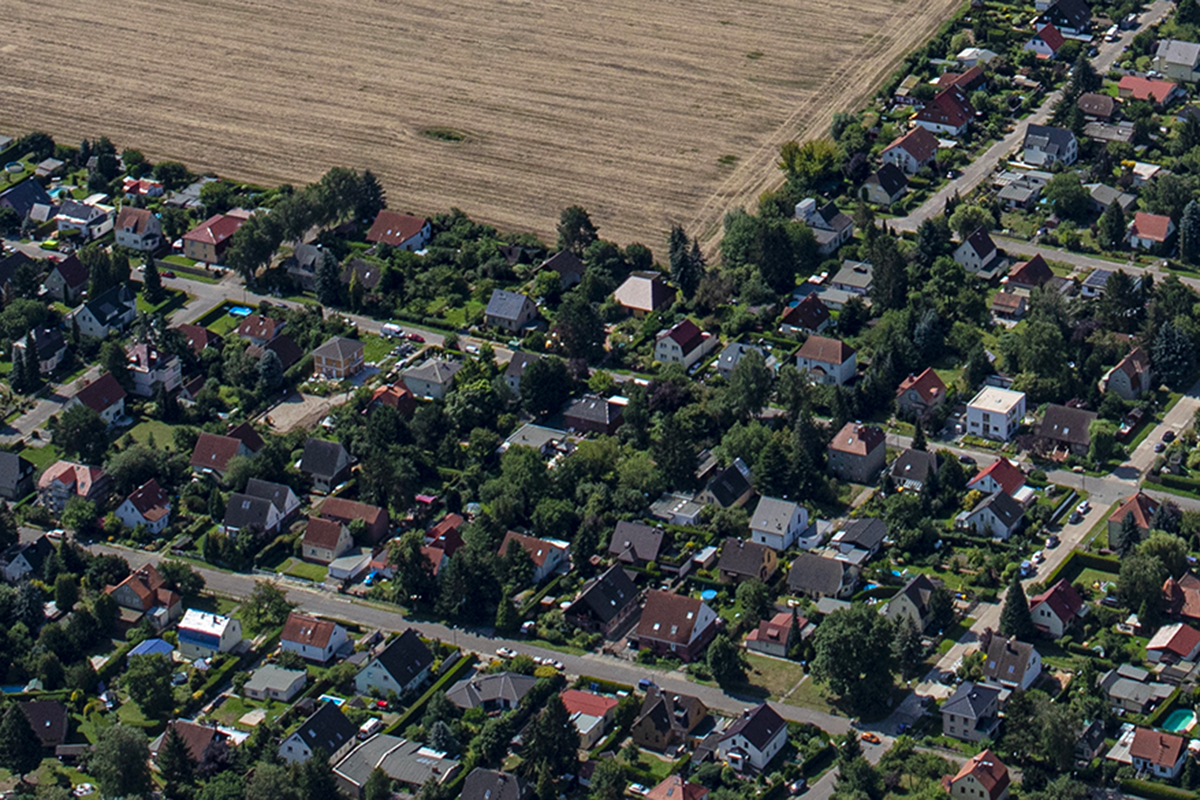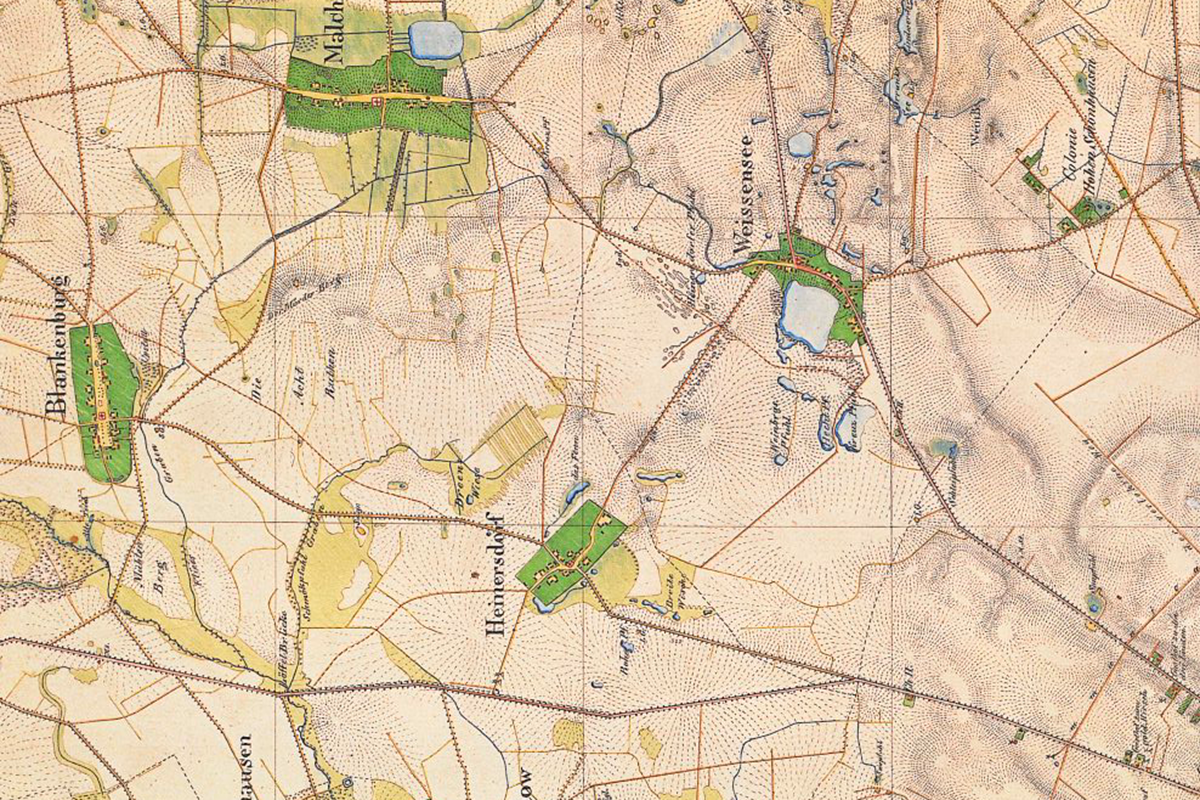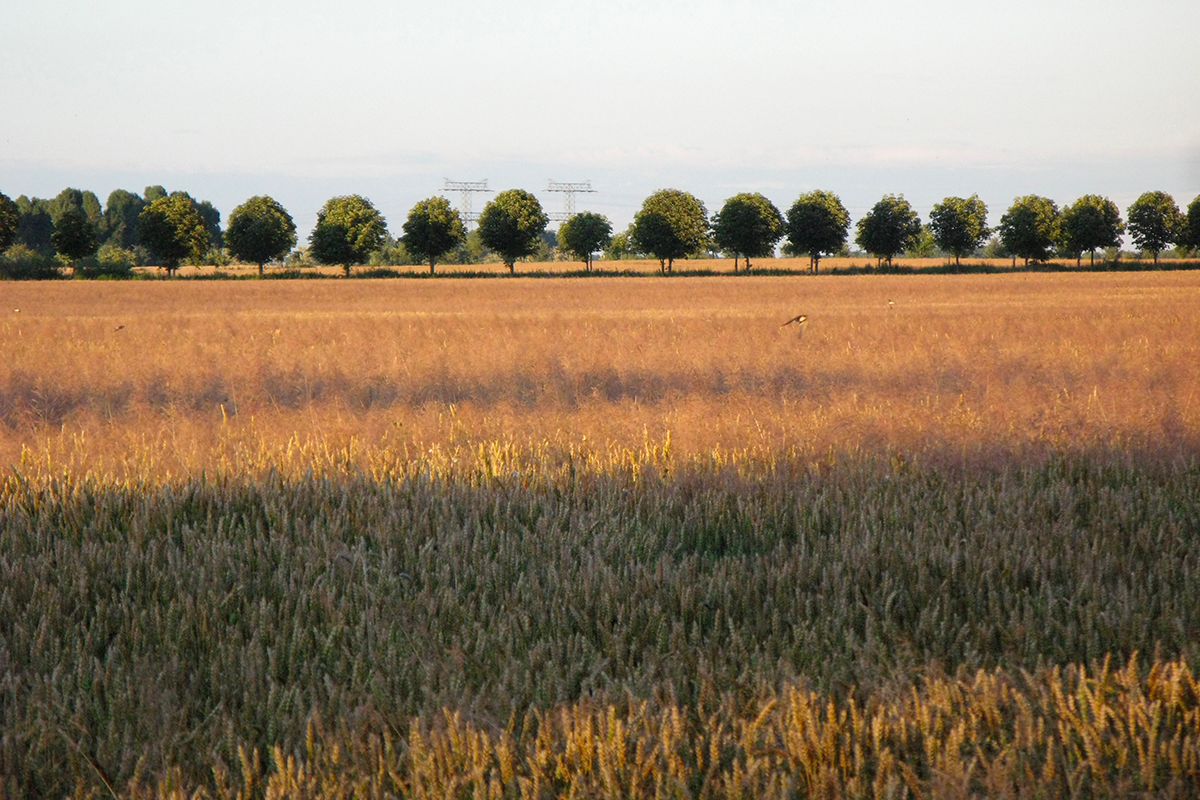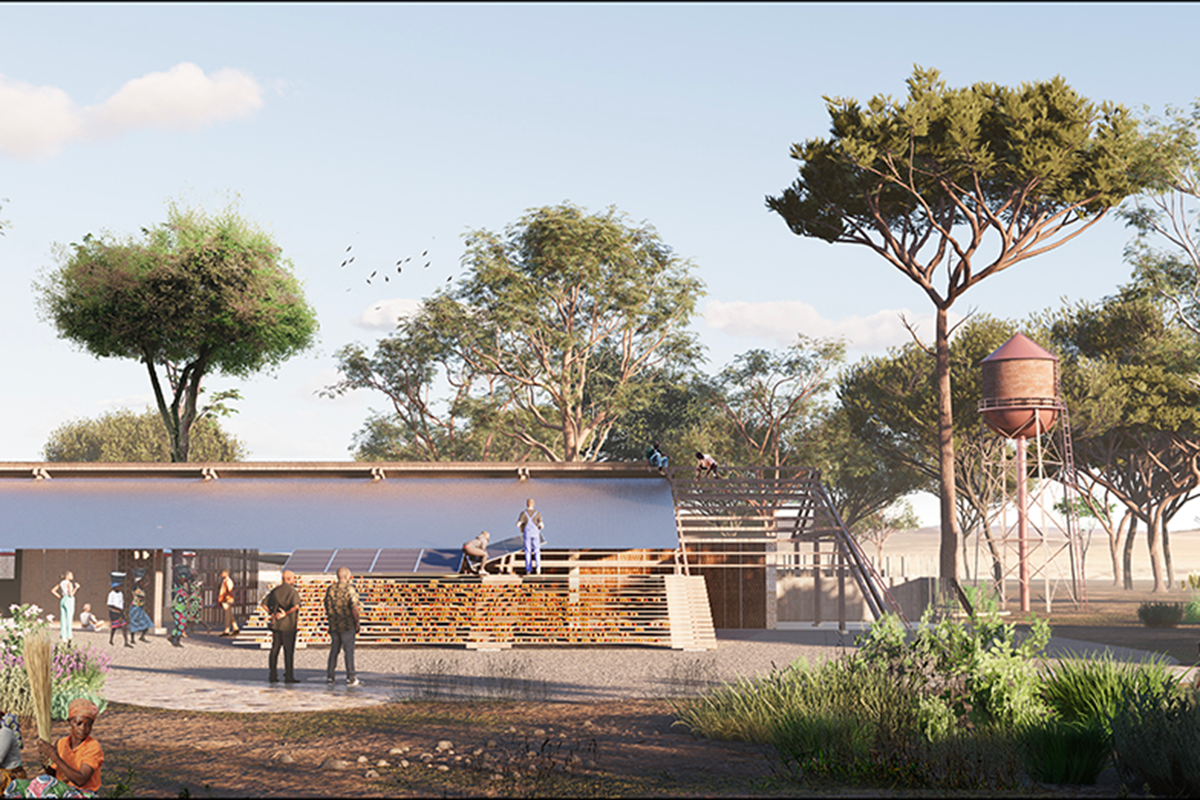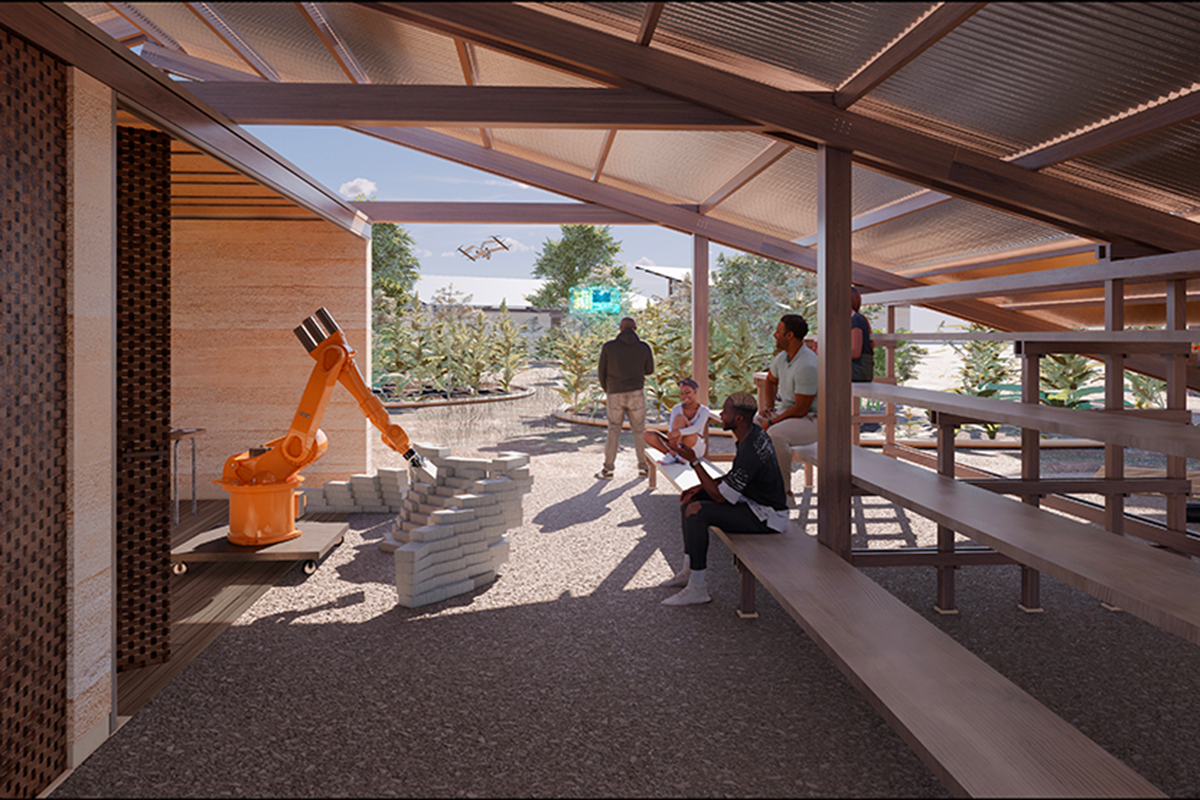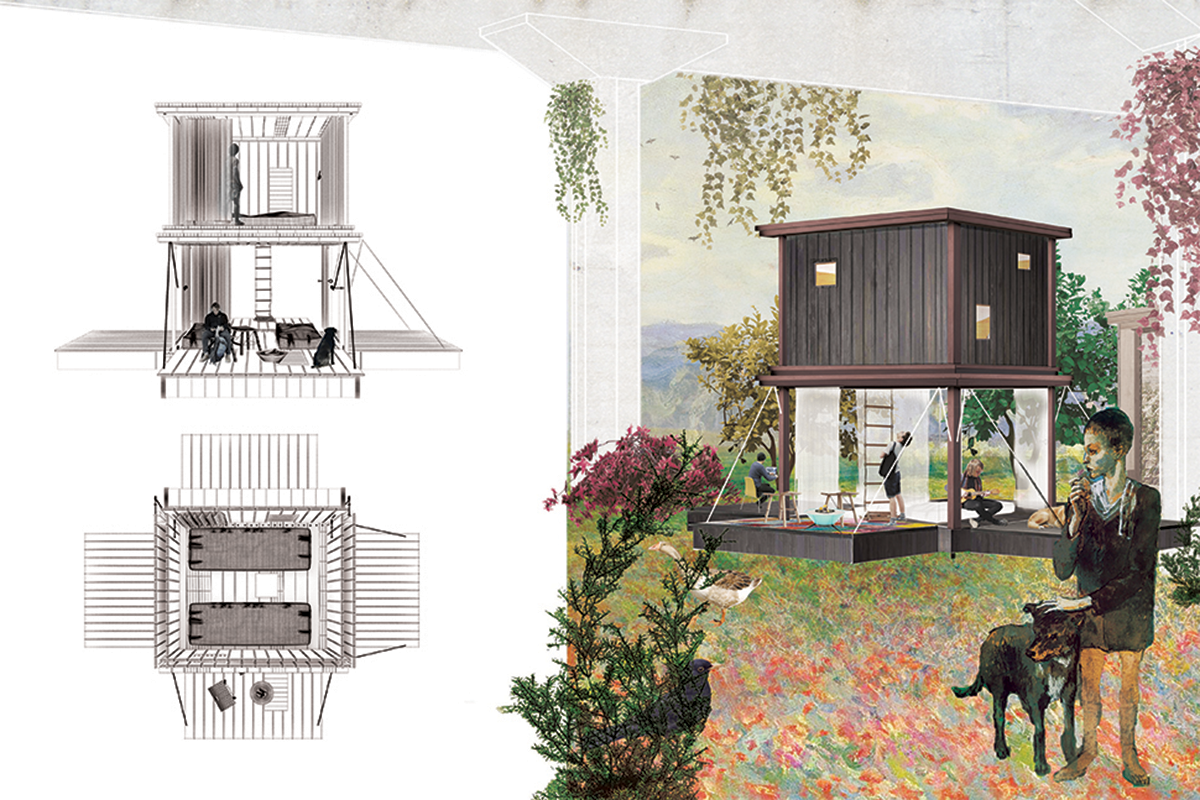Karow Kreuz Klub
Berlin (DE) - Lauréat

DONNÉES DE L’ÉQUIPE
Associés: Andrea Suardi (IT) - architecte, Ani Safaryan (AM) - architecte urbaniste
noharch@outlook.com / https://www.linkedin.com/company/nøha
TEAM PORTRAIT
VIDEO (by the team)
INTERVIEW
Click on the images to enlarge
1. How do you define the main issue of your project in relation with the theme “Living Cities Imagining architecture taking care of the milieus”? And in which way do you think your project can contribute to an ecological and/or social evolution?
To begin, it's essential to express that participating in and winning a European competition has always been an aspiration for us. The appeal lies not only in the prestige and visibility it grants but also in the opportunity to engage with high-quality ideas and a platform that encourages research and experimentation with ambitious projects. Upon examining this year's theme, we experienced a moment of realization – a "bingo moment" – as it perfectly aligned with our aspirations. The theme of "Living Cities" presented the ideal canvas for us to channel years of personal interests and research into Urban Regeneration through a Real Non-Anthropocentric lens. This passion originated during our university days when we and our friends collaborated on a studio project with Professor Stefano Boeri. In this unique endeavour, we were tasked with designing a project without a specific location, strict rules, or a program tailored for humans; instead, our focus was on creating spaces for animals. This experience served as a revelation in our architectural profession. We were driven to craft a project that resonates with and promotes an alternative way of living, where we, as animals, design for the environment, considering the well-being of other species as well. In this sense, our project is strictly entangled with the ecological and social evolution that the world seems ready to listen to nowadays. The change in the ownership system is the peak of an evolutionary development where people are now finally able to focus on enjoying a life in harmony with nature instead of worrying about accumulating and consuming.
2. How did the issues of your design and the questions raised by the site mutation meet?
The “Karow Kreuz Klub” project is a natural reflection of an alternative method we are trying to implement as a collective lab. We strongly believe that the secret to a good intervention is to look at what the environment needs rather than adhering solely to the demands of projects or aesthetics. While considerations such as program details, aesthetics, and project requirements will inevitably become integral parts of the final proposal, our primary inquiry revolves around how the program aligns with the ecosystem. An infrastructure, a place for production and for living - all these elements affect nature and we must recognize that we are inherently connected to nature, and the ecosystem is not a resource at our disposal for unchecked exploitation.
PROJECT:
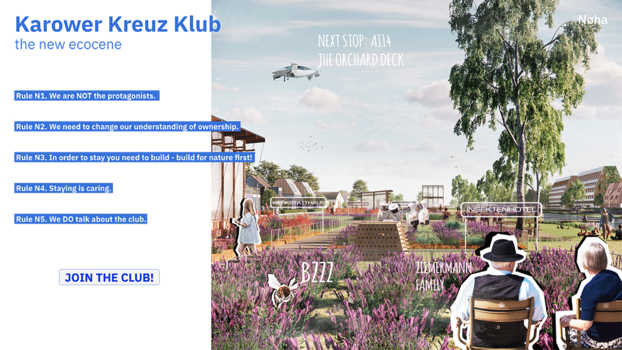
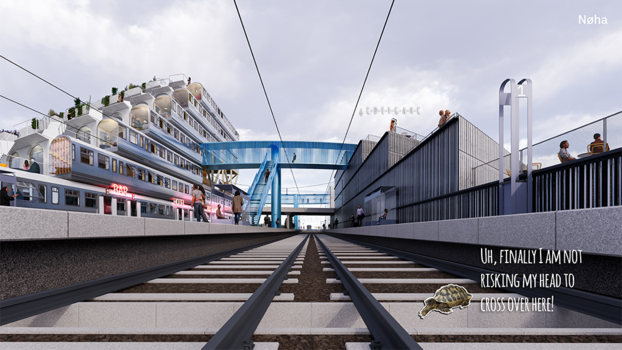
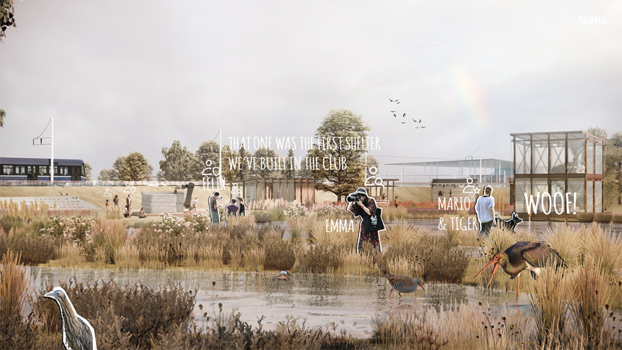
As previously mentioned, our exploration of this subject is precedent the current project. The concept of establishing an interactive "club" where individuals can share, collaborate, or simply assess the well-being of our ecosystem has long been a crucial importance for us. To foster a shift in perspective, we needed a real avenue to actualize our visions within a tangible context. Rather than just other inspirational urban development, we could characterize our efforts as a product of continuous research and study into regenerative design systems, such as the DRRS course at the University of Zurich and experience in regenerative place-making in collaboration with the City of Milan. That experiences equipped us with the essential tools to approach this urban intervention with a systematic and innovative mindset.
SITE:



REFERENCES:



Having learned immensely from each other during our university courses at Politecnico di Milano, we kept track of each other's endeavours while pursuing two very different career paths. By the time we re-established our collaboration both of us had gained a solid foundation of knowledge and complementary cross-disciplinary skills, as well as an invaluable network of talented peers spread across Europe, Asia and Latin America. The launch of Europan17 found us based in Mexico City and Beijing and helped us to crystalize our vision and the working method of a diffuse collaborative lab. During the working phase we stimulated each other to study new aspects, while having fun of the unconstrained stream of ideas, generated through our non-anthropocentric lens. The award came as a great confirmation of the viability of our alternative design process, and we are looking forward to the next steps.
6. How could this prize help you in your professional career?
We hope that this award will enhance our visibility and potentially establish a robust foundation, providing us with the momentum to persist in advocating for what we strongly believe in.
TEAM IDENTITY
Legal status:
Team name:
Average age of the associates: 32 years old
After your Europan prize, are you planning to create one?
As a team, we work under the label Nøha. Nøha is a resilient collective lab that challenges the design process of space-making. We craft nature-inspired systems. Due to its community (?or nomad) nature, Nøha has no physical office or fixed geography. The Europan award has pinned Berlin to our map and will be a catalyst for us to define an appropriate legal status for our enterprise/startup.
Has your team, together or separately, already conceived or implemented some projects and/or won any competition? if so, which ones?
As individuals, during our time in previous workplaces, we actively engaged in different competitions, achieving success in some. Additionally, we undertook the development of projects of varying scales, witnessing the realization of several. As a team, our collaborative journey started with the participation in a couple of competitions. Notably, we submitted designs for a pavilion in Concentrico 2024, awaiting the results, and conceptualized a refugee camp for Archstorming, earning an honourable mention.
WORKS:






